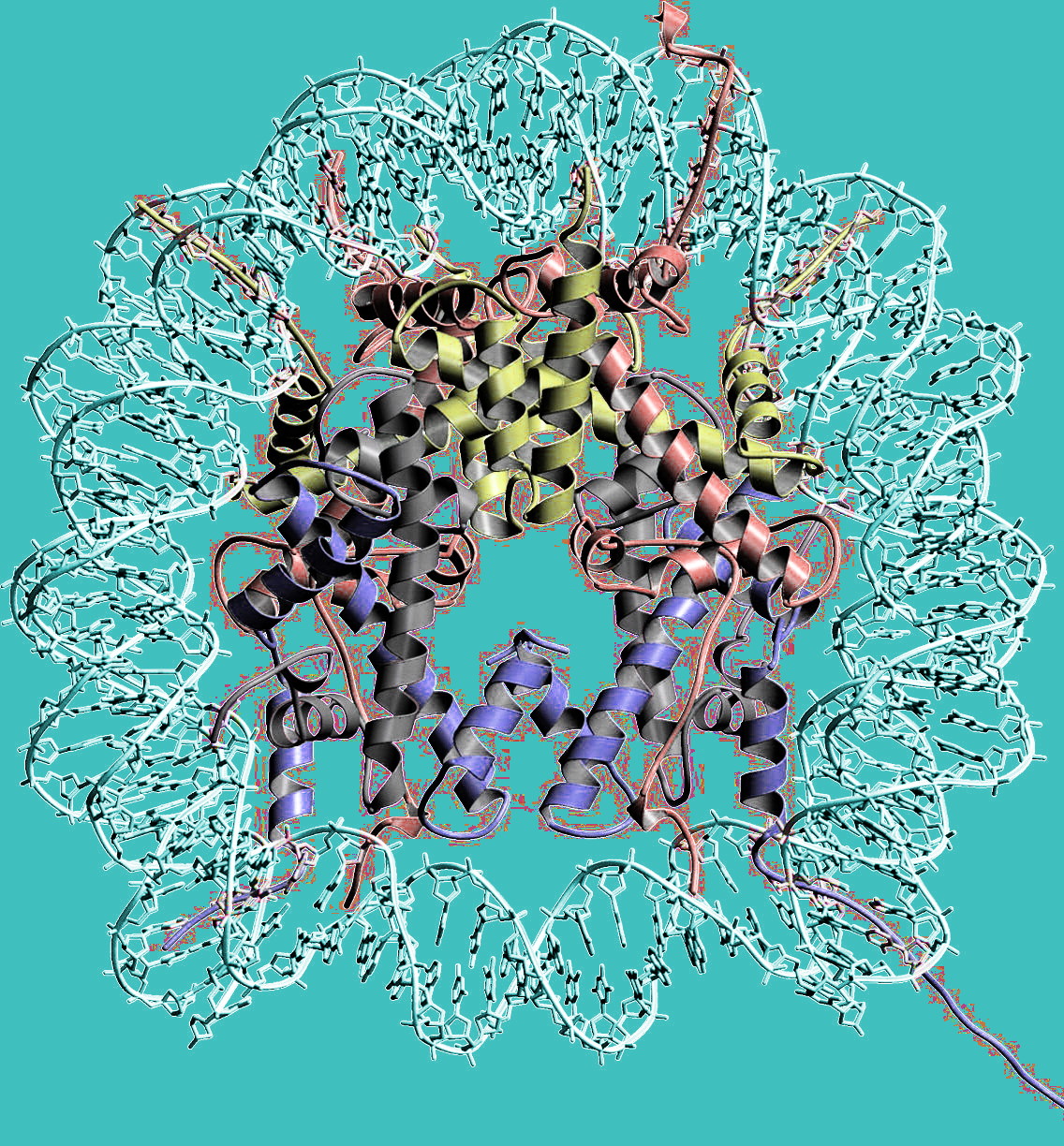Epigenetic effect detailed
 New research gives one of the most concrete examples yet for the notion that we inherit more than just DNA.
New research gives one of the most concrete examples yet for the notion that we inherit more than just DNA.
‘Epigenetics’ describes an extra layer of inherited information that is found within the DNA packaging, giving our cells vital instructions on how to read the blueprint that is the DNA.
It is a way to describe the transfer of external, environmental factors between generations.
Researchers have used the fruit fly, Drosophila, to investigate how instructions other than DNA are passed from parent fruit flies to their offspring.
They found that additional instructions are contained in the proteins that package DNA, and that these instructions are not only carried to the next generation, but their inheritance is essential for completion of embryo development and survival.
The study focused on histones – the proteins that package DNA in the cell.
“Dynamic modifications to the histones that package our DNA occur throughout our life, and we know that these histone changes affect whether our genes are turned on or off,” said researcher Dr Ozren Bogdanovic, from Sydney’s Garvan Institute of Medical Research.
“Think of epigenetics as an overlay of information for the DNA blueprint, telling our cells precisely when to switch each gene on or off.
“The big question is whether these epigenetic changes can be transmitted to our children – and how.
“Over the past few years, we’ve seen growing observational evidence that environmental influences – diet, stress or trauma, for instance – can lead to changes in individuals that are passed down to their children and grandchildren. However, the biological mechanisms involved are still poorly understood,” he said.
The research team zeroed in on a specific epigenetic mark termed ‘H3K27me3’.
In the cell nucleus, DNA is tightly packed around many histone bundles, composed of five types of histones. ‘H3K27me3’ signifies chemical modification of histone number 3.
These marks are found in humans as well as fruit flies, and are specifically distributed throughout the genome, where they are known to interact with DNA, turning genes off, or repressing gene expression.
The scientists used an advanced genome-wide method called ChIP-seq - which sequences a cell’s DNA and precisely maps the location of bound proteins - and found that the histone marks were present throughout the genome in newly fertilised fruit fly embryos, indicating that the embryos inherited the pattern of marks from their parents.
The researchers were then able to delete the histone marks from embryos by blocking the cellular enzyme that deposits the marks, and were very surprised by their findings.
“Embryo development simply couldn’t progress without these epigenetic marks, meaning H3K27me3 is not only inherited, it is an essential regulator of development and vital for embryo survival,” says Dr Bogdanovic.
“In reproduction, when an egg is fertilised by a sperm cell, it undergoes extensive epigenetic re-programming, and for a long time it was assumed that any epigenetic traces from the parents were wiped away, leaving a clean DNA slate. This study definitively shows that this is not the case – we need some parental epigenetic traces to be left behind.
“Without this extra level of information, cells can’t interpret the DNA blueprint, and an organism cannot form.”
Their latest paper is one of only a very few conclusive reports to demonstrate epigenetic mechanisms of transgenerational inheritance in animals, and the first one to comprehensively reveal the biological consequences of the loss of such a mechanism.







 Print
Print